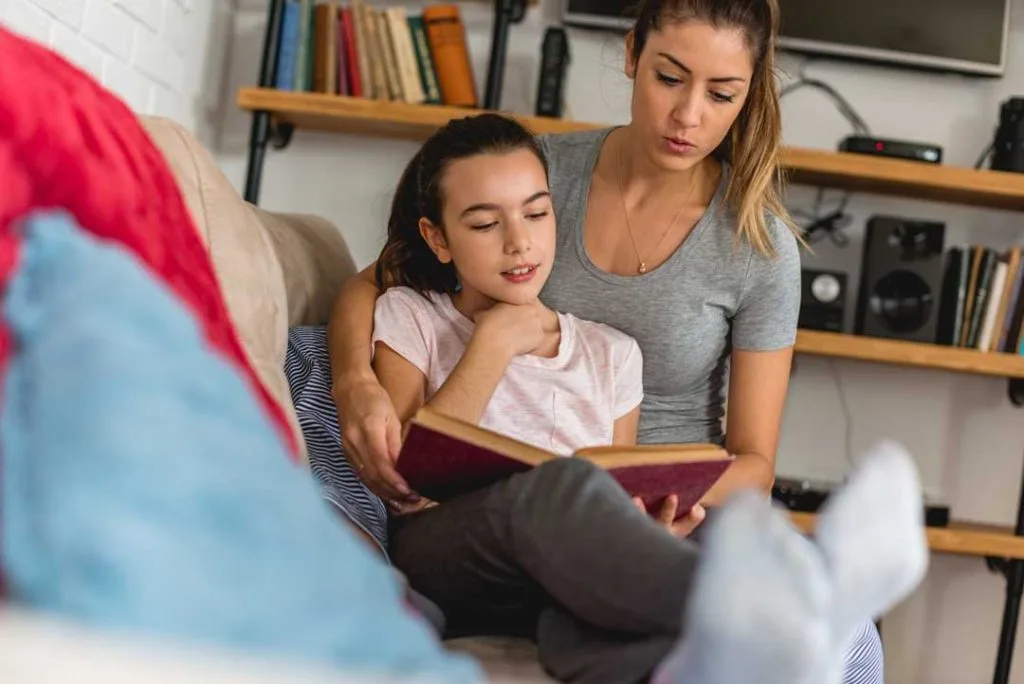Struggling with screen time and social media battles at home? You’re not alone—today’s teens are more connected than ever, and finding balance takes effort.

With smartphones, tablets, gaming consoles and computers, teens today have constant access to screens and social media. While some screen time can be educational and social, too much can negatively impact mental and physical health.
Studies show excessive screen time is linked to increased risk for obesity, sleep disorders, anxiety, depression and poor academic performance. Setting healthy limits is key.
Screen Time and Social Media: How to Help Your Teen Find Balance
In today’s tech-driven world, teens are surrounded by screens—phones, tablets, computers, and gaming consoles. While screen time and social media can offer connection and entertainment, too much can affect their sleep, mood, grades, and even their health.
The good news? With a few boundaries and some collaboration, you can help your teen develop healthier habits. These tips will help you create a more balanced tech environment—without constant conflict.
Set Screen Time Limits
A good first step is to establish screen time limits that work for your family. The Royal College of Paediatrics and Child Health recommends no more than 2 hours per day of recreational screen time for teens, consistent with WHO guidelines.

Work with your teen to set reasonable limits on social media, gaming, streaming and surfing the internet.
Consider using built-in parental controls and apps that allow you to set time limits and monitor use across devices. Be sure to include time spent on phones as well as TV, computers and tablets.
Encourage Screen-Free Activities
When fostering with an agency like Foster Care Associates Scotland, know that balancing screen time with other activities is vital for teens’ wellbeing. Encourage your teen to get involved in hobbies, sports and social activities that keep them engaged and moving offline.

Good options include team sports, learning an instrument, creative arts, volunteering, part-time work, and spending time with friends in person. Help them discover new interests by signing them up for school clubs, community groups, or summer programs.
Staying meaningfully connected to family and friends offline will make it easier for your teen to manage their screen time.
No Phones at Mealtimes
Make family mealtimes completely screen-free zones. Research shows that families who eat together without distractions have healthier eating habits.
Banning phones during meals also encourages teens to be more present and engaged with family.

Consider having a central phone charging station in your kitchen where all devices must be left during meals. Encourage conversation by asking your teen engaging questions about their day.
Role Model Healthy Behavior
As a parent, consider reducing your own recreational screen time to set a good example. Be mindful of your smartphone use around your teen. Avoid monitoring your phone at the dinner table, during conversations or while driving with them in the car.

Show your teen that human interactions should take priority over digital ones. Teens notice the difference between telling them to limit screen time while you scroll on your phone, versus living out balanced habits yourself.
Set Tech Curfews
Establishing a curfew for tech devices at night is important for ensuring quality sleep, which is vital for teens’ mental health and academic performance.

Research shows blue light from screens suppresses melatonin production making it harder to fall asleep. Experts recommend all screens be turned off at least one hour before bedtime.
Charge tech devices outside your teen’s bedroom overnight to remove temptation. Be sure to role model the same curfew for yourself!
How to Help Teens Balance Screen Time and Social Media
Creating healthy screen time habits requires teen buy-in. Discuss the risks of excessive screen time and jointly develop a family tech agreement defining balanced limits that work for all. When conflicts arise, revisit the agreement and be open to adjusting.
Helping teens learn to self-regulate their digital habits takes patience but will better prepare them for life. Stay engaged in their online activities and keep the conversation going. Working together to find balance between real life and screen time is the best way to raise happy, healthy teens.

Jessi is the creative mind behind The Coffee Mom, a popular blog that combines parenting advice, travel tips, and a love for all things Disney. As a trusted Disney influencer and passionate storyteller, Jessi’s authentic insights and relatable content resonate with readers worldwide.
